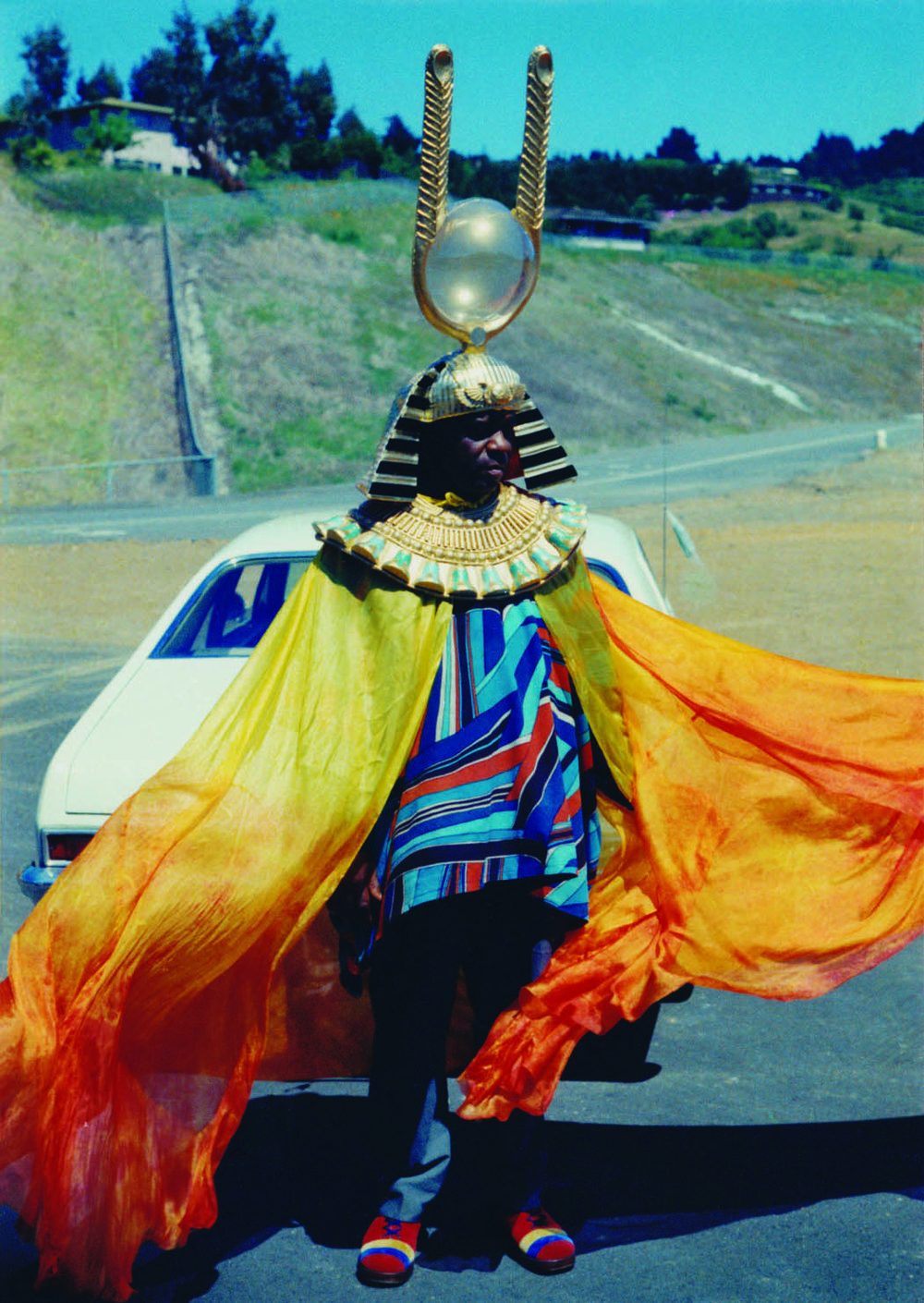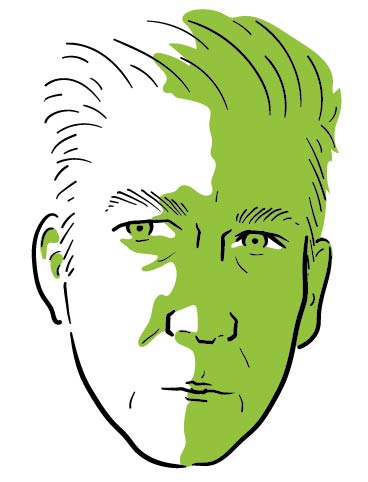
“I’m a spirit master,” avant-garde jazz composer and bandleader Sun Ra once said in his own inimitable fashion. “I’ve been to a zone where there is no air, no light, no sound, no life, no death, nothing. There’s five billion people on this planet, all out of tune. I’ve got to raise their consciousness, tell them about the wonderful potential to bypass death.”
For four decades, from the early fifties until his death in 1993, Sun Ra and his Arkestra baffled, dazzled and aggravated jazz fans with an uncompromising and unpredictable musical style that wandered the spectrum from finger-popping bebop to the harshest of atonal free jazz (sometimes in the same piece), and a mythology that often kept audiences off-balance and guessing. Sun Ra didn’t sell many records in his lifetime, but along with the Arkestra, he nevertheless became the stuff of legend.
The artist who would adopt the name Sun Ra was born Herman P. Blount in Birmingham, Alabama in 1914. Raised mostly by his grandmother and an aunt, Sonny, as he was called, with very little formal training, taught himself to read music and play piano. The first major hint that Sonny was headed in his own singular and mystical direction came while attending Alabama A&M, where he began to tell people he’d been abducted by aliens. The extraterrestrials, he said, returned him to Earth with a mission to save mankind and bring peace to the world. Although the details of the story, as well as which specific humans he’d been charged with saving, would evolve over the next several decades, the core idea that he was not completely of this earth would remain at the heart of his persona until his death.
He dropped out of college in the early 1940s and moved to Chicago, where, under the name Sonny Blount, he began playing piano with a number of small jazz outfits around town. His unique, often puzzling and cryptic version of jazz lingo, as well as a musical style that pushed far beyond the standard bebop parameters of the era, led his fellow musicians to dub him “Moon Man.”
Around 1953, having by then adopted the name Le Sony’r Ra, he began to pull together the ensemble that would eventually coalesce into the Arkestra. Shortly after being discharged from the Army, tenor saxophonist John Gilmore joined the fledgling band. Fellow sax players Pat Patrick and Marshall Allen also joined around that time, and all three would remain central figures in the Arkestra for the next four decades.
The Arkestra featured over a dozen musicians by 1955, and Sun Ra finally settled on the name that would follow him for the rest of his life. A small,...
You have reached your article limit
Sign up for a digital subscription and continue reading all new issues, plus our entire archives, for just $1.50/month.
Already a subscriber? Sign in





